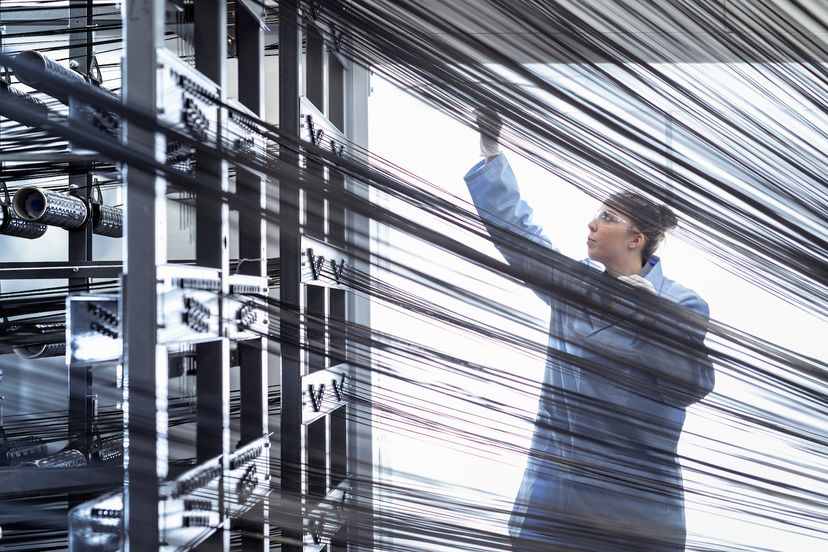
As innovation continued throughout the Industrial Revolution, significant inventions shaped history. New methods and iterative improvements led to increased speed and output among production devices, many of which eventually became fully automatic — thanks to their now-famous inventors.
The power loom was one of the most significant inventions of the early Industrial Revolution. It brought about a radical transformation in the textile industry, eventually leading to the establishment of cotton mills and large-scale textile factories.
Advertisement